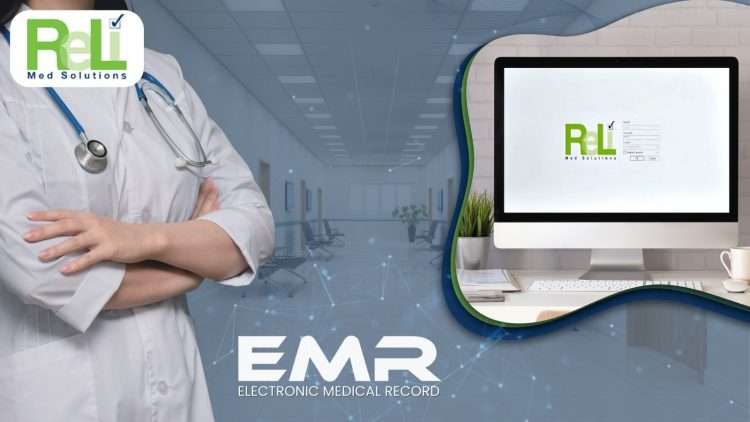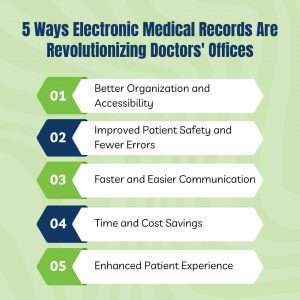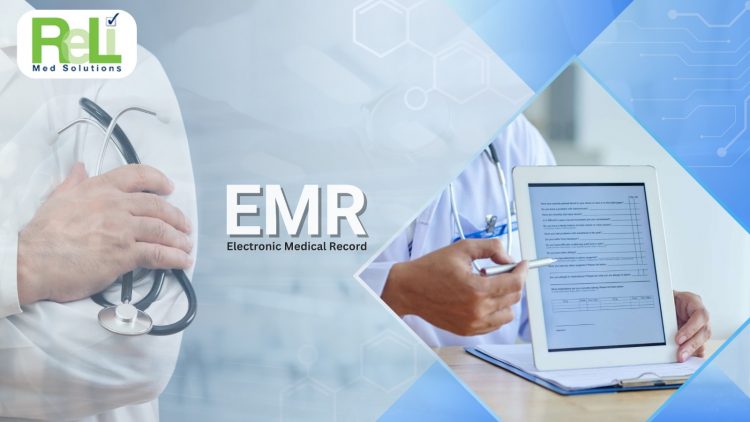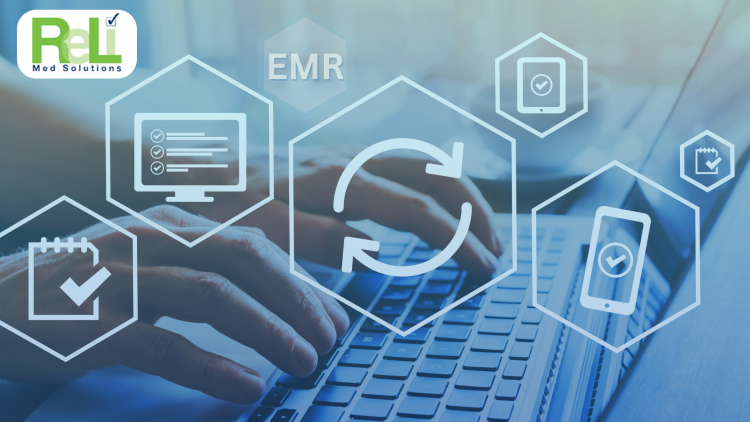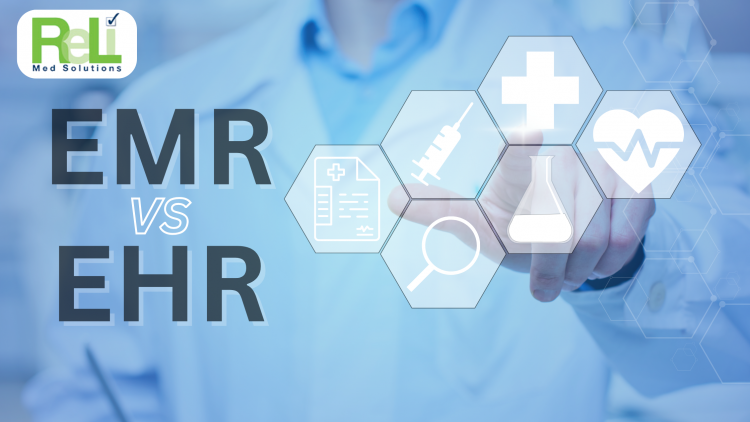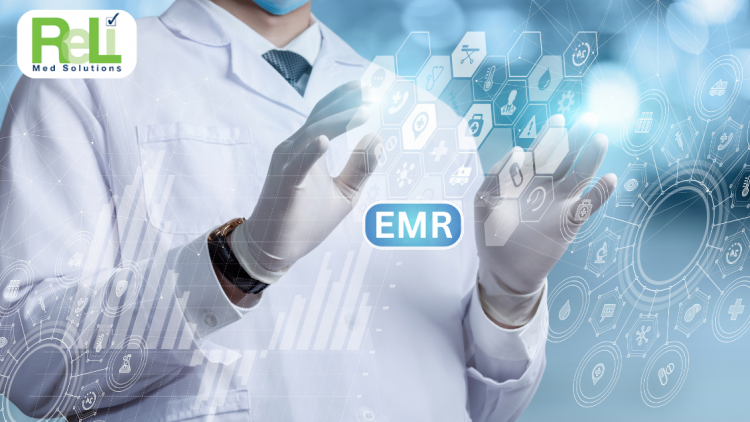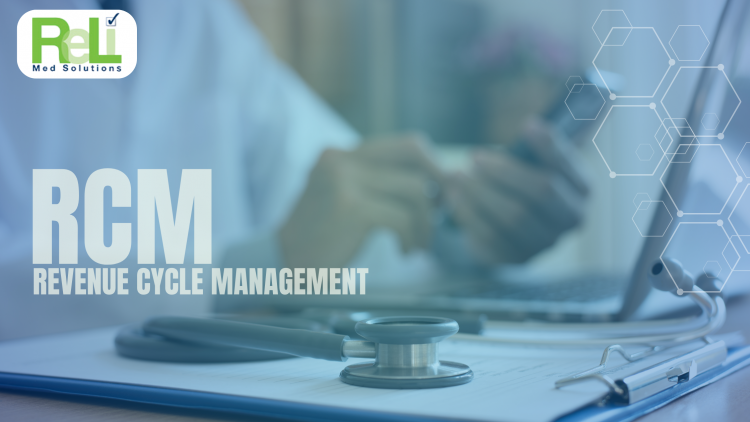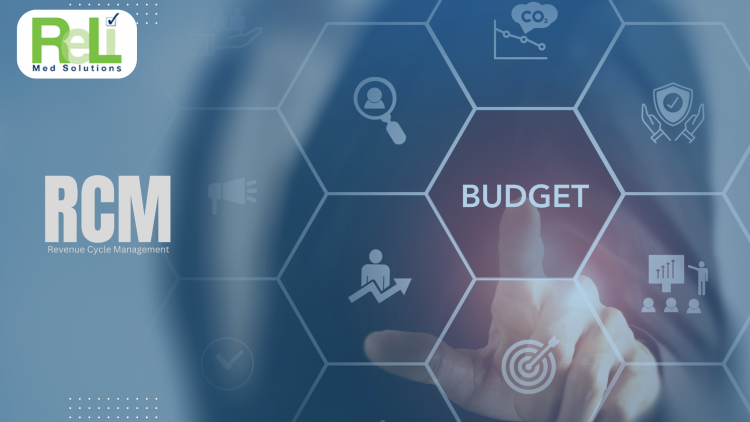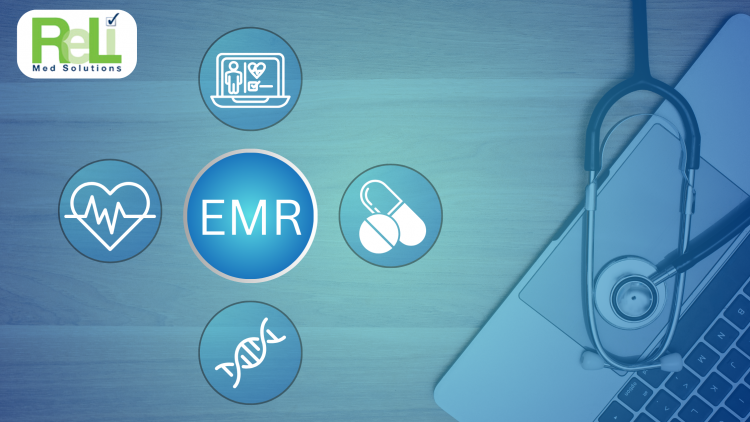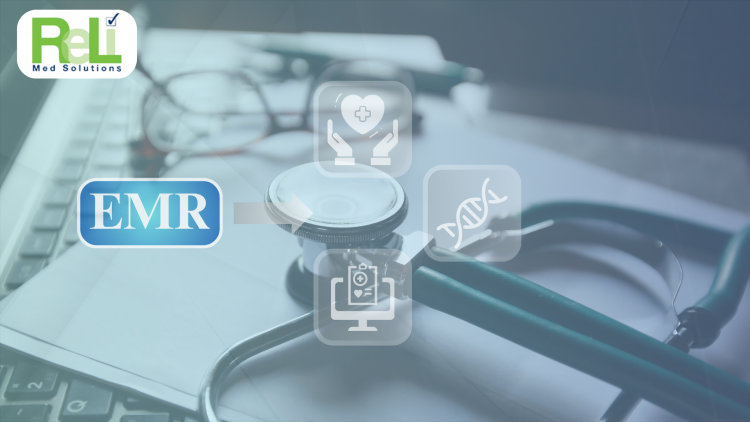What are the security concerns with Electronic Medical Records in the USA?
Electronic medical records have made it easier for doctors, hospitals, and clinics to keep patient data safe and organized. Before, hospitals used paper files, which could get lost or damaged. But now, everything is stored digitally. Because of that, doctors can quickly check patient details like test results, past treatments, and prescriptions. This helps them make better decisions and give faster treatment.
But storing records online also brings risks. Hackers and cybercriminals try to steal patient data, which can lead to identity theft or fraud. So, it is very important to keep Electronic medical records secure. In this blog, we will talk about why EMRs are useful, what dangers they face, and how ReLi Med Solutions helps to protect them with custom EMR security solutions.
The Importance of Electronic Medical Records in the USA
Electronic medical records have helped doctors and hospitals in many ways. If they are used correctly, they make health care faster and safer. So, here are five reasons why EMRs are important:
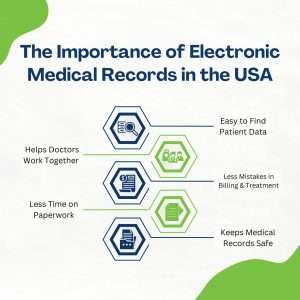
1. Easy to Find Patient Data
Before, doctors had to search through many paper files, which took a lot of time. But now, they can find medical records in just a few seconds. Because of that, they can give the right treatment quickly.
2. Helps Doctors Work Together
If a patient goes to different doctors, all doctors can check the same EMR. Because of that, they do not have to ask the patient the same questions again and again.
3. Less Mistakes in Billing and Treatment
Handwritten notes can be hard to read. So, mistakes can happen in medicines or medical billing. But EMRs store data clearly, helping doctors avoid errors.
4. Less Time on Paperwork
Doctors and nurses spend a lot of time filling forms. Because of that, they get less time to treat patients. So, EMRs make paperwork fast and simple.
5. Keeps Medical Records Safe
Paper files can be lost, stolen, or damaged. So, saving medical records in a secure computer system keeps them safe and easy to find.
Key Security Concerns in EMRs
Even though electronic medical records have made health care better, they also come with big risks. If hospitals and clinics do not keep them safe, patient data can be stolen or misused. Here are the biggest security problems:

1. Data Thieves Can Steal Records
Criminals who steal online data know that medical records contain important details like names, addresses, and bank info. So, they attack hospital systems to take this data. They either use it for fraud or sell it to others.
2. Wrong People May See Patient Data
If an EMR system is not well protected, someone who should not see patient data may get in. Because of that, private health data can be misused or leaked.
3. Locked Out of System
Some online criminals use special harmful software to lock electronic medical records so that doctors and hospitals cannot use them. If a hospital does not have a backup, they may have to pay money to get their data back.
4. Easy Passwords Make It Unsafe
Many hospital workers use simple passwords that are easy to guess. Because of that, online criminals can break into the system and take patient data. Using strong passwords and extra security steps can help stop this.
5. Not Updating Software is Risky
If hospitals and clinics do not update their security software, online criminals can find weak spots in the system and break in. So, it is very important to update the system often to fix these problems before they happen.
How ReLi Med Solutions Helps in Securing EMRs?
ReLi Med Solutions offers the best protection for electronic medical records. We help hospitals, clinics, and doctors keep patient data safe. Here’s how we do it:
- HIPAA-Compliant Security Systems – We make sure that all EMR systems follow government safety rules. Because of that, hospitals and clinics can avoid legal problems and keep patient data safe.
- Strong Encryption for Medical Records – We use encryption to protect medical records from hackers. So, even if someone tries to steal data, they will not be able to read it.
- Extra Security with Multi-Factor Authentication – We add extra protection like OTPs to make sure only the right people can log in.
- 24/7 System Monitoring and Software Updates – We always watch the system for any security threats. Because of that, we can stop attacks before they happen.
- Automatic Backup for Medical Billing and Data – If a cyberattack happens, we help hospitals recover their lost data using a secure backup system.
FAQs
1. Why do Data Thieves target EMR?
They attack electronic medical records because it contain personal details like patient names, policy info, and bank details. Because of that, they can use this data for identity theft or sell it illegally.
2. How can hospitals and clinics stop unofficial access?
Clinics must use strong passwords, multi-factor authentication, and secure logins. So, only doctors and nurses with permission can see patient records.
3. What should I do if my EMR system is hacked?
You should immediately disconnect the system from the internet, tell your IT team, and restore data from a secure backup. Because of that, you can prevent hackers from causing more damage.
4. How does encryption protect my patients’ medical records?
Encryption changes medical records into unreadable code. So, even if hackers steal the data, they cannot use it without the correct key.
5. How often should I update my EMR security system?
You should update your system regularly to fix security problems. Because of that, hackers will not be able to find weak spots in your system.
Conclusion
Electronic medical records have improved health care by making it faster and easier to access patient data. But as hospitals and clinics move to digital records, the risks of cyberattacks have increased. Hackers try to steal medical records, ransomware attacks can lock EMRs, and weak passwords make systems vulnerable. Because of that, hospitals and clinics must take strong steps to secure their EMR systems.
This is where ReLi Med Solutions helps. We provide custom EMR security solutions, including HIPAA-compliant encryption, multi-factor authentication, automatic backups, and 24/7 monitoring. So, health care workers can focus on treating patients without worrying about data breaches. If you want to protect your medical billing and RCM system, keep patient data safe, and meet all security needs, contact ReLi Med Solutions today. We will help you secure your electronic medical records and keep your system protected!


